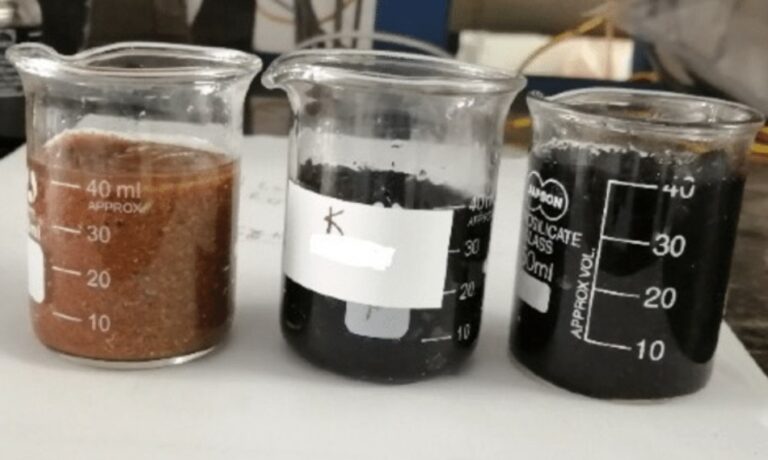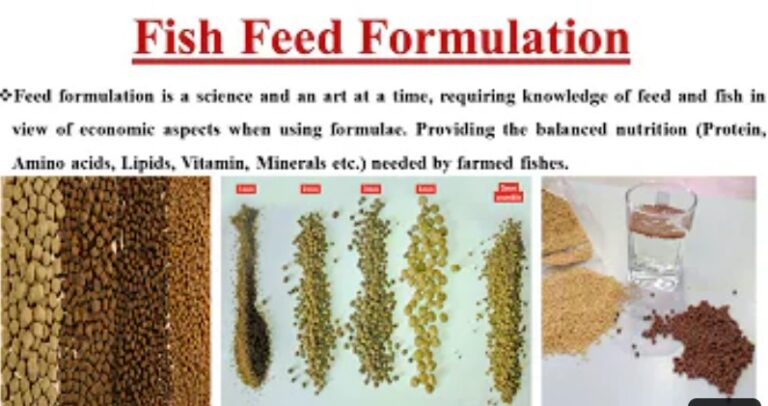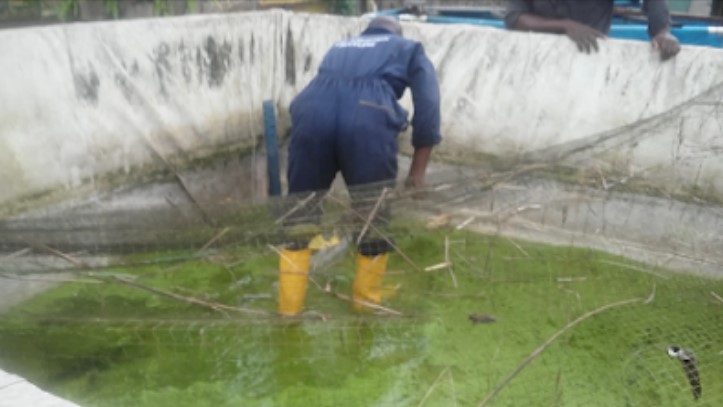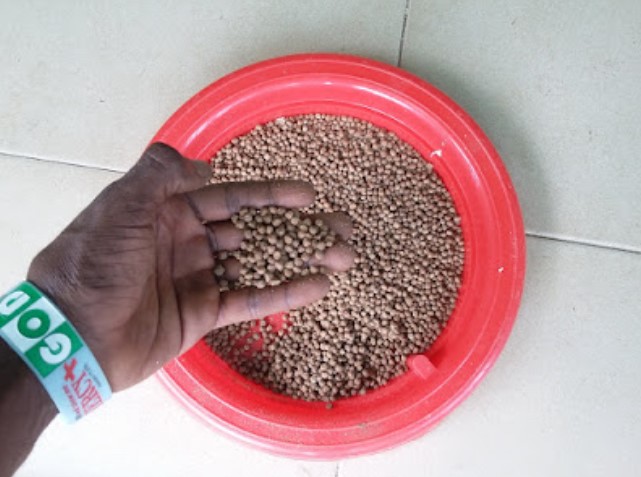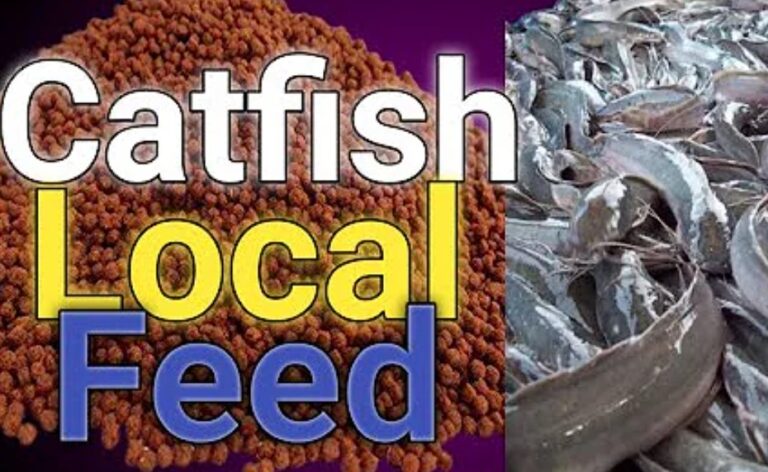Catfish Health: Stress, Diseases and Predators
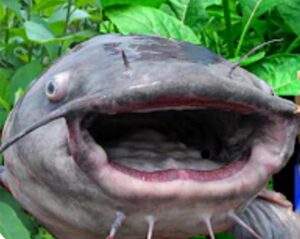
Catfish Health
Maintenance of good fish health is critical to profitable fish culture. Slow growth, poor feed conversation, low yields, increased disease incidence and mortality, and consequently, low profitability are the results of poor fish health. Physiological stress is the fundamental cause of most fish health problems. The best way to manage fish health is through prevention. Practical health management is based on stress management. This involves preventing and minimizing stress to the fish in the culture environment through:
- Good water quality management. This begins by picking a farm site with good water quality and quantity. Maintain water quality at non-stressing levels.
- Good nutrition: Feed high-quality feed (nutritional and physical aspects) in the proper size and amounts.
- Catfish do not have scales to protect them so rely on mucous to protect their skin. When the mucous is rubbed off, the catfish are very prone to infection and parasites.
- Fish do not have eyelids and cannot protect their eyes when they are being rubbed against each other or being poured from a basket or net.
Fish Stress
Stress is an abnormal physiological condition of fish that results when the fish’s collective adaptive responses to environmental factors are extended to, or approach their limit of tolerance when fish are stressed.
The Causes of Stress
There are dozens of potential stresses to fish, but some of the most common causes are:
- Elevated ammonia
- Elevated nitrate
- Improper PH level
- Fluctuations in temperature
- Low oxygen levels
- Harassment from other fish
- Lack of hiding places
- Inadequate tank size
- Overstocking of tank
- Medications and water treatment
- Improper nutrition
- Sorting and shipping of fish
- Harvesting and shipping of fish
Signs Sick Fish Posses
Signs Possible Causes
- Bloated body resulting from bacterial infection
- Gasping Para sites in low dissolved oxygen
- Not eating Signs of ill health
- Upside-down swimming Bladder problem
- Peeling skin PH problem
Predators and their control
Predators are a major source of stress for fish and can also cause significant losses.
NOTE: Large African catfish can predate smaller ones; so, maintaining uniform sizes within ponds is critical.
Predators:
- Consume the fish in the pond,
- Consume the fish’s feed,
- May transmit parasites and other infections to fish
- Scare the fish when they are chasing them up, and
- Cause physical injury to several fish in the process of hunting.
- May Trans-locate fish to a different pond
The wounded fish left in the pond consequently cannot get to the feed as well as the other normal fish. This is because, for example, their eyes might be injured or their open wounds might get infected, etc. Consequently, their growth rate slows, and the chance of survival drops. Controlling predators is therefore important in commercial production.
The most common predators are:
- Human Beings
Provide security to your premises by fencing off and keeping the place active. Some places have gotten local authorities to recognize how harmful theft is to the development of commercial fish farming in their area and have enlisted their help in prosecuting fish farm thieves. As well, as be a good neighbor and make sure others appreciate the fact your farm is there. This can create “social pressure” to reduce theirs.
- Birds
(A) Wading birds (such as the heron, marabou stork, and hammer kop) walk into the pond to catch fish. To control wading birds, ensure the pond’s average water depth of 1 meter so that the birds are unable to stand in the pond.
(B) Diving birds (such as the kingfisher, and ducks) fly over or swim on the water surface then dive down to pick the fish. Tying strings at close intervals over the pond prevents them from being able to fly away once they have come down or dive through the strings.
(C) Avoid setting your ponds near places where birds can perch, such as having ponds under telephone or electricity wires/poles, trees, etc. These provide a sport for birds of prey to sit, watch the fish, and time when best to hunt them. Tall sticks placed in ponds are excellent perches for kingfishers. If sticks are required in a pond, they should be kept as short as possible.
(D) Scarecrows or sudden loud noises may be used to scare away birds. However, if this option is used, change the tactics at least every two weeks. This is because of the scarecrow or noise.
(E). Learn at what time birds come to hunt fish. Most times, birds come down to get fish soon after feeding, early in the mornings or late in the evening. Be around at such times to scare away the birds. Human activity helps to keep birds away.
Predators Control
- Minimize the amount of vegetative growth around ponds as these act as a refuge for many potential predators e.g. Birds, snakes, otters, monitor lizards, and thieves.
- Keep the place around the farm active and be observant.
- Keep the area around the ponds clean.
- In the case of plastic ponds or concrete tanks cover with nets.

